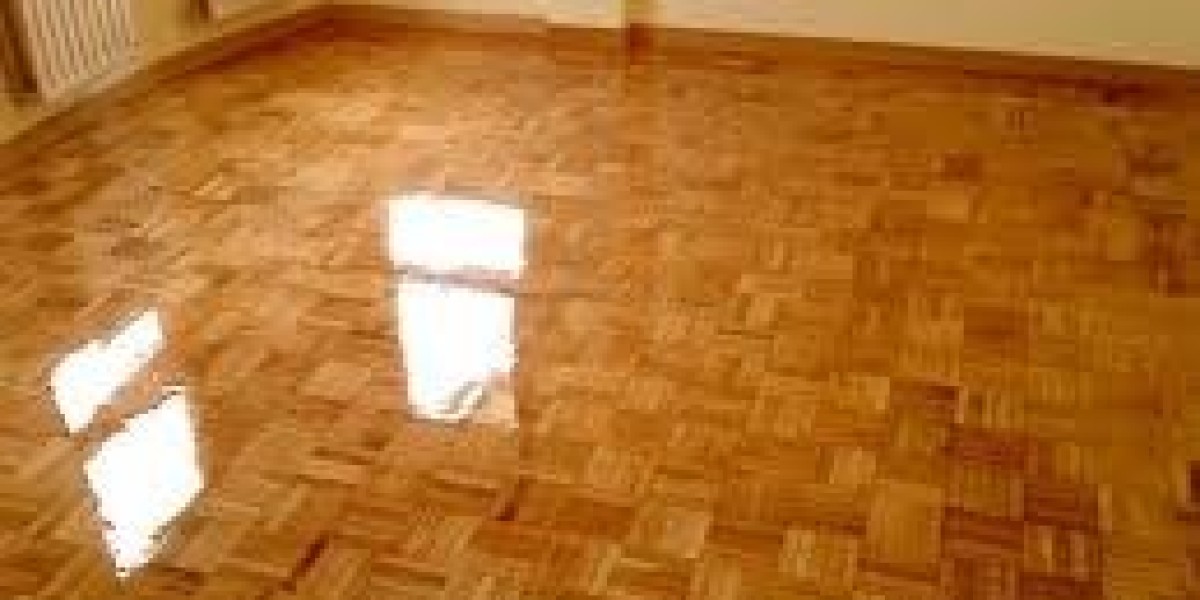The ideal flooring option sets the tone for the interior's appealing aesthetics and appearance. You've decided to install SPC flooring throughout your home, but you haven't considered subfloor preparations.
The only logical reason for not preparing the basement flooring is a lack of knowledge about its importance.
A subfloor can significantly affect the installation of SPC (Stone Plastic Composite) flooring. In this post from SPC flooring, you will learn about the necessity of underfloor heating and the procedures to take before installing SPC vinyl flooring.
Achieving a Solid Foundation: The Role of Subfloors in SPC Flooring InstallationSPC floor installation
A solid foundation is the most crucial need for any kind of flooring installation. This foundation maintains the floor's true functionality, shielding it from various factors like wetness and instability.
Before going any further, let's define the subfloor. Just to be sure, don't confuse it with an underlayment laid beneath the actual flooring for increased cushioning and weight support.
What is a subfloor?
It serves as the floor's structural layer, or foundation. It protects the actual floor surfaces from many forms of damage and offers durability, stability, and adhesive characteristics. It is the base component, followed by an underlayment and the flooring itself.
The Importance of the Subfloor Explained!
It goes without saying that a good underfloor preparation is critical to the success of any flooring installation. The beauty, performance, and lifetime of the final product all depend on it. Here are some reasons why it holds such importance:
Stability:
It provides a level surface for the flooring. If the underfloor is not level, it might cause the flooring to distort, buckle, or crack with time.
Durability:
Over time, a strong and sturdy underfloor can prevent damage or wear on the flooring. It can also help the flooring endure high foot traffic and other wear and tear.
No Moisture Damage:
If the basement flooring is not properly sealed or protected, moisture can sneak in and cause it to deform or buckle. A well-sealed subfloor protects the flooring against moisture damage.
Noise reduction:
An additional layer of insulation or padding reduces noise from foot traffic or other sources.
Adhesion:
It creates a surface for the flooring adhesive to attach to. If the underfloor is not clean or adequately prepared, the glue may not adhere effectively, allowing the flooring to shift or come free over time.
Why is subfloor preparation required before SPC flooring installation?
Subfloor preparation is the first and most important issue to address. This requires you to clean the basement flooring and ensure it is flat and level. There should be no lumps, bumps, dips, or splits.
Regardless of the type of subfloor you have, you must thoroughly examine the following characteristics prior to flooring installation: Otherwise, it may cause harm to the flooring, reducing its longevity and strength. The following sections show how a subfloor can affect the installation of SPC flooring.
1. The home's subfloor and SPC flooring are uneven
Unlevel surfaces are a common source of SPC vinyl flooring deterioration due to gaps between successive planks (if using a particle board subfloor) or unevenness (for concrete choices). If the underfloor is not flat and level, it will produce improper weight distribution across the flooring planks.
Furthermore, if there are irregularities in the basement flooring, the SPC flooring boards will be slightly elevated at some spots. Furthermore, the flooring plank will be subjected to additional weight pressure, resulting in fractured flooring surfaces. This is particularly true when placing heavy furniture or equipment on the floor.
The same is true when there are dips in the underfloor, which cause a structural imbalance in the SPC plank flooring. To avoid uneven flooring, we recommend correcting an irregularity of about 4mm.
To determine the level of basement flooring, you can use a leveling tool. Look for more than 4 mm of unevenness on the underfloor's surface. Sand the wood basement flooring to smooth it out. Similarly, you can use filling compounds to level concrete underfloors.
2. Unwanted moisture
Inadequate sealing of the subfloor may lead to moisture seepage. It's also possible that moisture was present during the installation of the basement flooring. Regardless of the reason, there should be no chance of moisture seepage.
Moisture damage from beneath the surface can cause your SPC flooring to wear out quickly. Prolonged exposure to these circumstances will cause warping or buckling of your SPC wood flooring planks.
3. Improper cleaning
If the stone plastic composite vinyl click flooring is laid over dirty underfloors, there will be poor bonding and installation. Dust, grime, and debris hinder the adhesive's strong adhesion to the underfloor, leading to inadequate adhesion of SPC planks to the basement flooring.
4. A damaged subfloor
There may be fissures in the underfloor surface, resulting in moisture-damaged SPC flooring boards. Look for cracks or holes in the basement flooring and use a filler product to ensure smooth, equal surfaces.
What Types of Subfloors Are Suitable for SPC Flooring?
You can install SPC wood flooring on concrete, plywood, or particleboard, among other types. First, concrete is a preferred flooring material because of its durability, stability, and strength. However, moisture testing is required before placing SPC flooring on concrete surfaces.
Second, plywood underfloor are a great option due to their easy sanding to a level surface. However, make sure the plywood planks are 3/4 inch thick and securely fastened to the joints.
Finally, we have particle board underfloor, which are less expensive but require inspection to ensure a thickness of 5/8 inch. There should be no gaps, and surfaces must be completely sealed.
The Conclusion
Before laying SPC flooring planks, ensure that the subfloor is clean, flat, smooth, and level. Additionally, you must adequately seal the underfloor and ensure it is free of cracks and gaps to prevent moisture damage, which could lead to warping, buckling, or cracking of the flooring planks over time.








